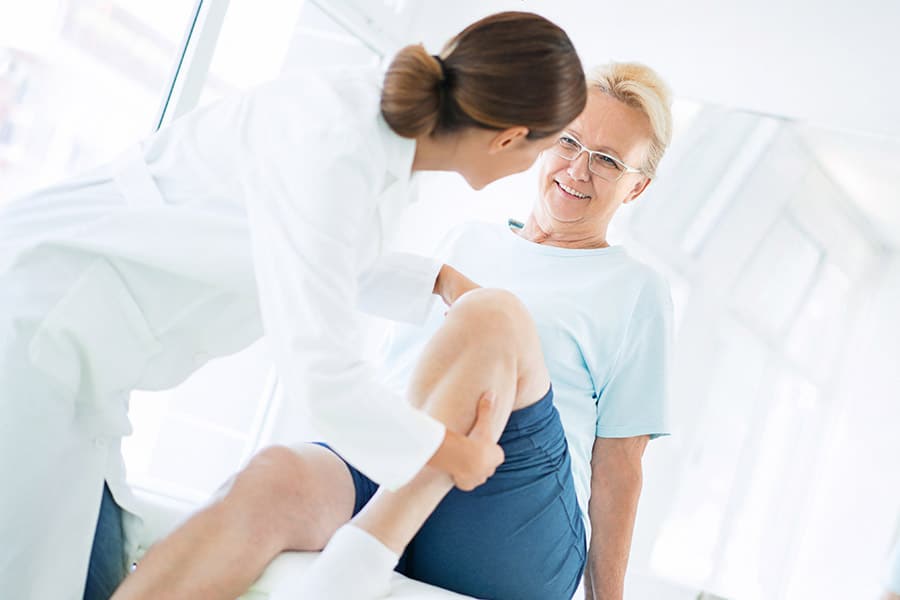Venous insufficiency is a widespread chronic condition of the lower extremities (also termed chronic venous insufficiency, CVI) which is characterized by impairment of valves inside veins. These valves have the task of supporting upwards blood flow against gravity back to the heart. If vein valves are impaired in their function blood is partially allowed to flow backwards due to valves not closing properly. If this occurs, blood “pools” in the leg and can cause further damage to the veins and lead to symptomatic disease1.
1Robert T. Eberhardt and Joseph D. Raffetto, Chronic Venous Insufficiency, 2005.
Typical symptoms of chronic venous insufficiency
Chronic venous insufficiency can be asymptomatic especially at an early stage. However, as disease progresses various symptoms can occur such as visible spider veins or varicose veins as well as pain, swelling, edema, skin changes, and in the worst stage leg ulcerations2.
2Ibid.
Varicose veins – making venous insufficiency visible
Varicose veins are veins with impaired valves and thereby reduced capability to transport blood back to heart against gravity. This impairment leads to blood pooling in veins and – over time – the walls of the veins can stretch and appear as enlarged veins under the skin. The visible varicose veins are usually only a part of the impaired segment and the full extent of venous insufficiency.
The often twisted, swollen and enlarged visible varicose veins are often reason enough for cosmetic concern by the affected person. Nevertheless, if they are not causing any discomfort besides cosmetics there is no immediate need for treatment. However, as disease might worsen discomfort and symptoms such as pain, irritated or sore skin and disturbance of sleep due to discomfort, it is important to consolidate a physician to discuss treatment options.

Spider veins – a sign of venous insufficiency?
Spider veins, also known as “thread veins” or “surface veins”, commonly appear at the leg or face. These veins are tiny blood vessels in the dermis which is the most superficial layer of the skin. If those blood vessels dilate they become visible as small red lines often resembling a spider web (hence, the name “spider veins”). Spider veins are therefore not the same as varicose veins, nevertheless, they can be first signs of an underlying venous insufficiency. In a study, researchers were able to show a significant association between the level of spider veins (medical term: telangiectasia) and the severity of varicose veins3. Nevertheless, spider veins are much more common than varicose veins and therefore not all patients with spider veins will develop venous insufficiency which requires treatment.
3C.V.Ruckley et al, Telangiectasia in the Edinburgh Vein Study: Epidemiology and Association with Trunk Varices and Symptoms, 2008.
4Professor Mark Whiteley MS FRCS (Gen) FCPhleb, What are Thread Veins?
Treatment of varicose veins and spider veins
Spider veins are usually not treated for any other than cosmetic reasons as they are no reason for medical concern. Treatments are therefore typically not reimbursed by insurances. Varicose veins, on the other hand, can require medical treatment when causing pain or discomfort and treatment is often covered by insurances. Typical treatment options for varicose veins include endothermal ablation methods such as treatment with laser or radiofrequency using a catheter, sclerotherapy or surgical stripping. Another thermal method, the echotherapy, has recently been introduced and allows treatment by using therapeutic ultrasound which no longer requires a catheter and therefore works completely incision-free.
